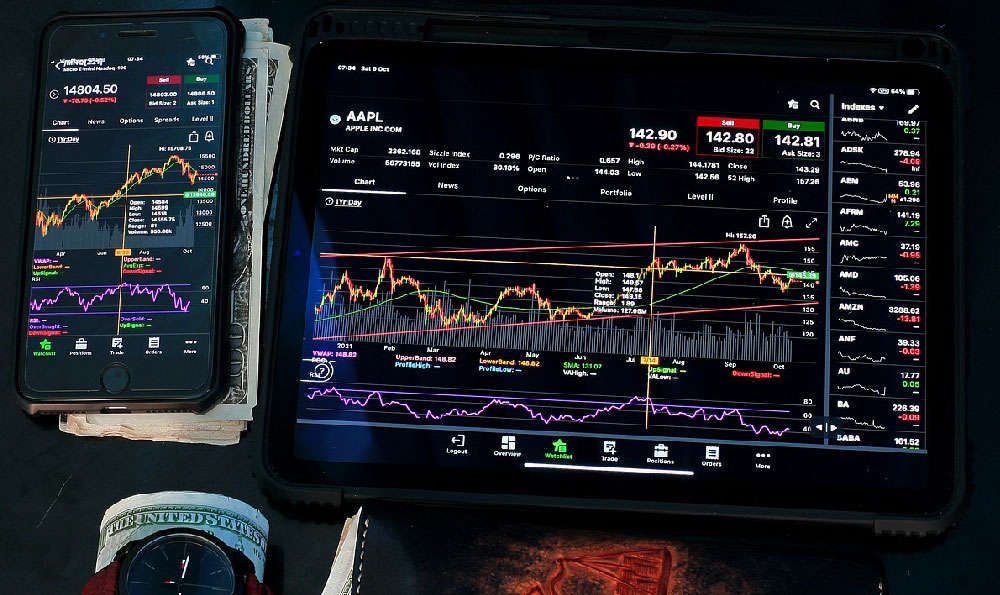Which industry is the most profitable, and why does it lead?
Identifying the single "most profitable" industry is a complex and nuanced task, fraught with caveats. Profitability can be measured in various ways (net profit margin, return on equity, revenue growth, etc.) and can fluctuate significantly depending on macroeconomic conditions, technological advancements, and competitive landscapes. What's profitable today might not be tomorrow. Furthermore, the very definition of an "industry" can be subjective, blurring the lines between sectors. However, we can analyze some sectors that have consistently demonstrated high profitability and explore the underlying reasons for their success.
Pharmaceuticals, particularly those focused on innovative drug development, often top the list. The industry benefits from several structural advantages. Firstly, the barriers to entry are incredibly high. Developing a new drug requires immense capital investment in research and development, years of clinical trials, and navigating stringent regulatory approval processes from agencies like the FDA. This creates a significant moat, protecting established players from new competition. Secondly, successful drugs are often protected by patents, granting them a period of market exclusivity where they can charge premium prices, recoup their investment, and generate substantial profits. The inelastic demand for life-saving medications further bolsters profitability. Even with generic alternatives eventually entering the market, the brand recognition and trust associated with the original drug can allow the innovator to maintain a significant market share. However, this also comes with considerable risk. R&D failure rates are high, and a single unsuccessful clinical trial can wipe out years of investment. Public scrutiny regarding drug pricing and ethical concerns also pose potential challenges.
Technology, particularly the software and cloud computing segments, has emerged as another highly profitable area. Unlike industries requiring significant physical infrastructure, software companies often enjoy high gross margins due to the low cost of replicating and distributing their products. Once a software platform is developed, scaling it to millions of users involves relatively minimal marginal cost. The network effect, where the value of a product increases as more people use it, further strengthens the competitive position of dominant players. Companies offering cloud-based services benefit from recurring revenue streams through subscription models, providing predictable and stable earnings. Moreover, the increasing digitization of businesses across all sectors creates a massive and growing market for software solutions, driving demand and profitability. But, intense competition and rapid technological change are ever present threats, requiring constant innovation and adaptation to maintain market leadership. Cybersecurity threats also pose a significant risk, requiring continuous investment in security measures to protect data and maintain customer trust.

Financial services, especially asset management and investment banking, can generate significant profits, particularly during periods of economic expansion and market growth. Asset managers charge fees based on the assets they manage, creating a highly scalable business model. Investment banks earn substantial fees from advising on mergers and acquisitions, underwriting initial public offerings (IPOs), and trading securities. The global financial system is vast and complex, offering numerous opportunities for financial institutions to generate profits. However, the industry is highly cyclical, with profits often declining sharply during economic downturns and market corrections. Regulatory changes and increasing competition from fintech companies are also reshaping the landscape. The financial services industry is heavily regulated, and increased scrutiny and compliance costs can impact profitability.
Luxury goods represents another sector that consistently achieves high profit margins. Brands like Hermes, Louis Vuitton, and Chanel command premium prices for their products due to their perceived quality, craftsmanship, and exclusivity. The power of brand recognition and aspiration plays a crucial role in driving demand. Consumers are often willing to pay a significant premium for luxury goods to signal their status and wealth. The industry also benefits from strong pricing power, as demand is relatively inelastic. However, the luxury goods market is sensitive to economic conditions and shifts in consumer tastes. Counterfeiting and the growth of the second-hand luxury market also pose challenges to brand integrity and profitability. Moreover, changing demographics and evolving consumer preferences require luxury brands to constantly adapt their marketing strategies and product offerings to remain relevant.
The reasons for any industry leading in profitability are multifaceted. It's a confluence of factors, including:
-
Barriers to Entry: High barriers to entry limit competition, allowing established players to maintain market share and pricing power.
-
Scalability: Business models that can be easily scaled to reach a large customer base with minimal incremental cost are highly profitable.
-
Pricing Power: The ability to charge premium prices due to brand recognition, unique products, or limited competition is crucial for profitability.
-
Innovation: Continuous innovation and adaptation to changing market conditions are essential for maintaining a competitive edge and driving growth.
-
Regulatory Environment: A favorable regulatory environment can reduce compliance costs and promote innovation, while stringent regulations can increase costs and limit growth.
-
Demand: Strong and growing demand for a product or service is a fundamental driver of profitability.
-
Operating Efficiency: Streamlining operations, managing costs effectively, and optimizing resource allocation are critical for maximizing profits.
In conclusion, while various sectors display the potential for high profitability, the pharmaceutical, technology (especially software and cloud computing), financial services (asset management and investment banking), and luxury goods industries have consistently demonstrated strong financial performance. This is driven by a combination of factors, including high barriers to entry, scalable business models, pricing power, and continuous innovation. The most profitable industry isn’t static. Identifying opportunities requires a dynamic understanding of market trends, technological advancements, and evolving consumer behavior. The "leader" changes depending on the perspective applied and the specific timeframe considered. A smart investor looks for companies within any industry exhibiting the underlying traits that consistently lead to profitability.















